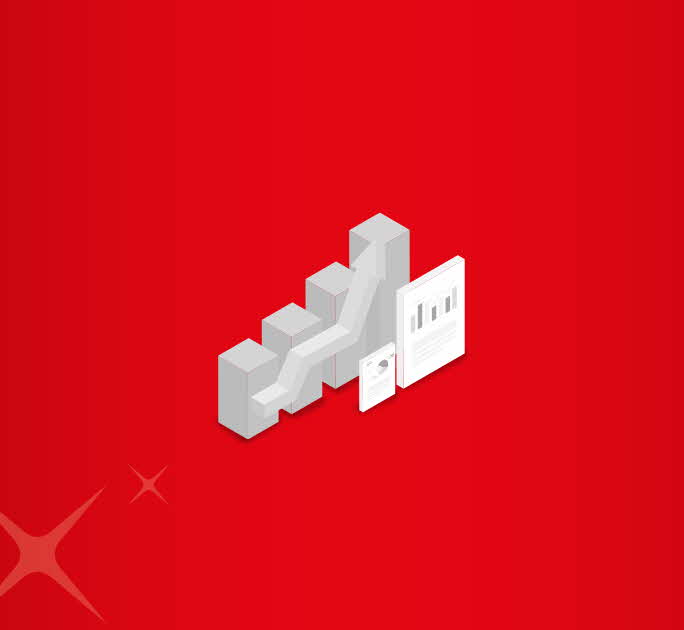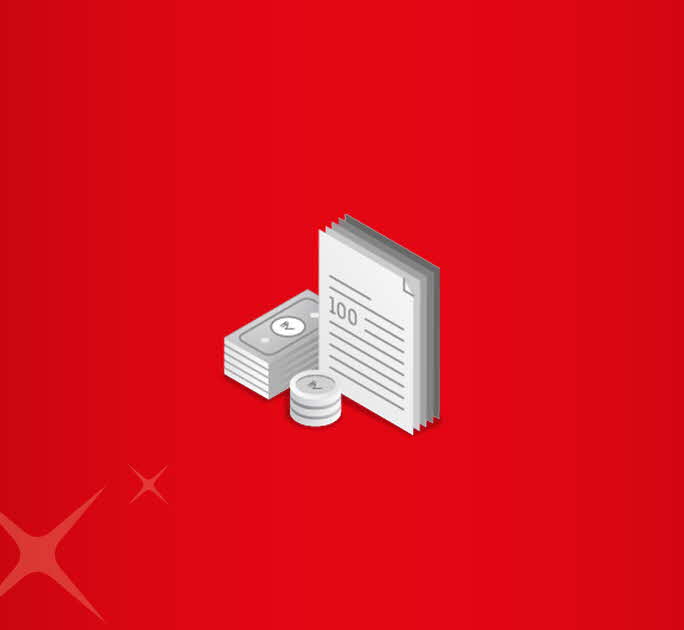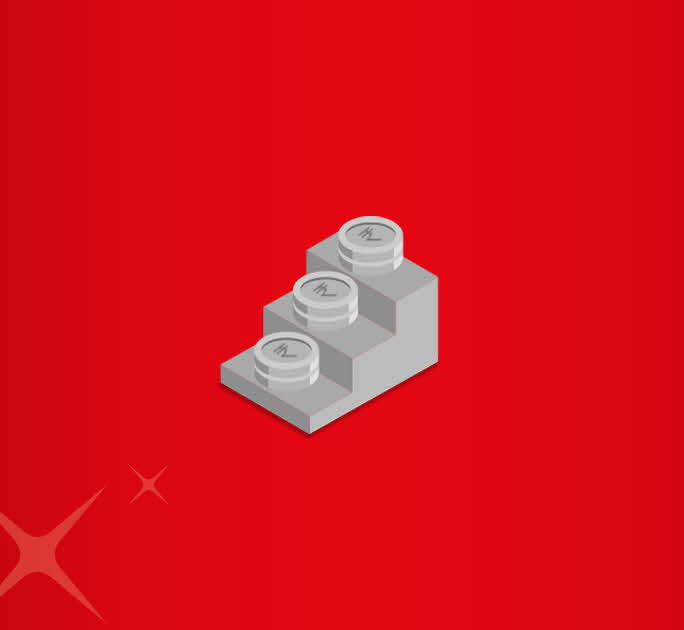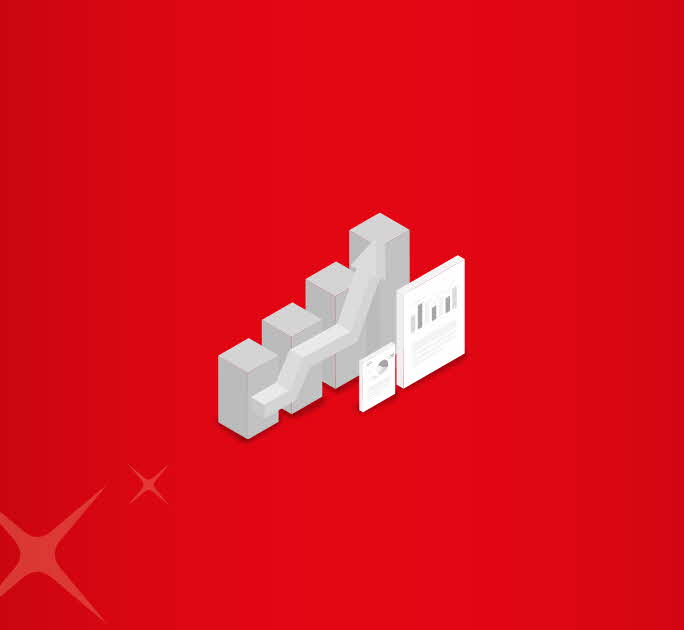- Save
- Invest
- Borrow
- Pay
- More
- Customer Services

Total Expense Ratio in Mutual Fund
What is Total Expense Ratio in Mutual Fund?
Key Takeaways
- Total Expense Ratio (TER) is essentially the percentage of total expenses to total assets of an investment scheme.
- Management fees form a significant part of the TER.
- The AMC's operation costs come under TER as well.
- TER also comprises legal and audit fees, marketing costs, and applicable taxes.
- SEBI regulates and sets the limit on permissible TER for AMCs.
When you invest in Mutual Funds, a fund manager takes care of your investment for you and charges a fee for the services rendered. There are also other expenses associated with mutual fund investments, including commissions, buying and selling securities in the fund, etc. The Asset Management Company (AMC) includes these charges under one cost – the Total Expense Ratio. Let us understand this concept in detail.
What is Total Expense Ratio?
The Total Expense Ratio (TER) is the total cost of managing a Mutual Fund scheme. The AMC charges TER as a percentage of assets under management (AUM), which the AMC then recovers from investors. The fund's Net Asset Value (NAV) is calculated by deducting the expenses daily. The major costs under TER are:
Management Fees
The fund manager manages the fund on your behalf by allocating assets and taking strategic decisions to ensure optimal returns at minimal risks. The fund house compensates the fund manager by paying them management fees.
Administration Costs
TER in Mutual Funds also includes administrative costs, including Mutual Fund registration fees, custodian charges, legal and audit fees, marketing costs, etc.
Operational Costs
AMCs and brokerage houses need to pay for the operating costs of their many branches, including the costs associated with electricity, rent, telephones, salaries etc. These are recovered under operational costs.
How Is TER in Mutual Fund Calculated?
TER is calculated as a percentage of the total costs of a mutual fund scheme to its total fund assets.
|
TER = (Total Expenses/Total Assets) x 100 |
For example, an AMC has INR 200Cr as AUM for an equity mutual fund scheme. The AMC pays administrative and management fees worth INR 2Cr and miscellaneous expenses of INR 50 Lakh.
Then, total expenses = 2,00,00,000 + 50,00,000 = INR 2,50,00,000
Therefore, the Total Expense Ratio = (2,50,00,000/200,00,00,000) x 100 = 1.25%
When you buy the equity fund scheme, the AMC will charge you 1.25% as the Expense Ratio. Assume you make a 12% profit on your investment. After deducting 1.25% TER, the net profit would be 10.75%.
TER Limit by SEBI
The Securities and Exchange Board of India (SEBI) has issued limitations on the percentage of Expense Ratio an AMC can charge. The limits are as follows:
|
AUM Slabs |
Equity Schemes |
Debt Schemes |
Exchange-Traded Funds |
Fund of Funds |
|
< INR 100 Cr |
2.50% |
2.25% |
1.50% |
2.50% |
|
Next INR 300 Cr |
2.25% |
2.00% |
1.50% |
2.50% |
|
Next INR 300 Cr |
2.00% |
1.75% |
1.50% |
2.50% |
|
On Balance AUM |
1.75% |
1.50% |
1.50% |
2.50% |
Additional Expenses over the base TER are as follows:
- Other expenses not exceeding 0.30% of daily net assets, subject to inflow from beyond the top 30 cities (B30).
- Additional expenses not exceeding 0.05% of daily net assets when the investors pay exit load to the AMC.
- Goods and Services Tax (GST) on Management Fees.
Final Note
So, remember to check what is Total Expense Ratio of your chosen Mutual Fund scheme, as it can impact your returns. Remember to select an AMC or broker levying lower charges to increase your in-pocket profits.
Download digibank to explore the different mutual funds on offer. Also, open your savings account with us.
*Disclaimer: This article is for information purposes only. We recommend you get in touch with your income tax advisor or CA for expert advice.










